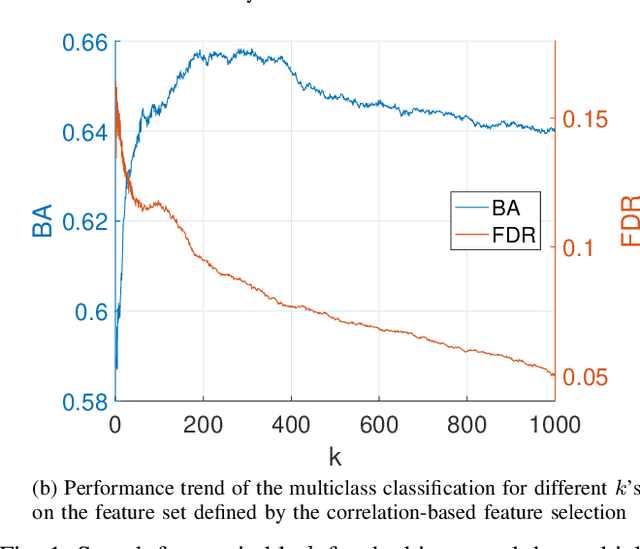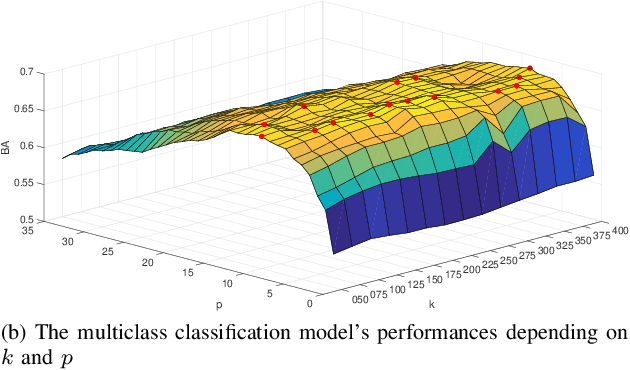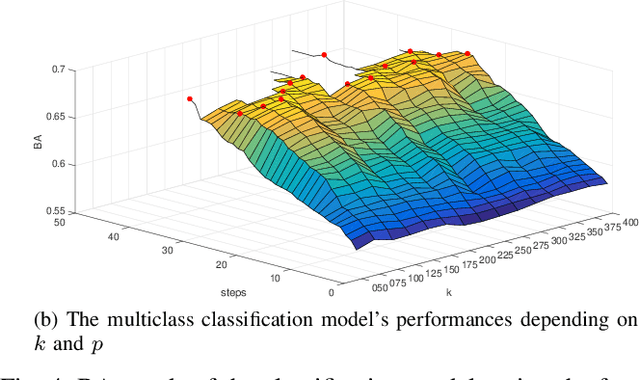Mohamed Hedi Baccour
Driver Drowsiness Classification Based on Eye Blink and Head Movement Features Using the k-NN Algorithm
Sep 28, 2020



Abstract:Modern advanced driver-assistance systems analyze the driving performance to gather information about the driver's state. Such systems are able, for example, to detect signs of drowsiness by evaluating the steering or lane keeping behavior and to alert the driver when the drowsiness state reaches a critical level. However, these kinds of systems have no access to direct cues about the driver's state. Hence, the aim of this work is to extend the driver drowsiness detection in vehicles using signals of a driver monitoring camera. For this purpose, 35 features related to the driver's eye blinking behavior and head movements are extracted in driving simulator experiments. Based on that large dataset, we developed and evaluated a feature selection method based on the k-Nearest Neighbor algorithm for the driver's state classification. A concluding analysis of the best performing feature sets yields valuable insights about the influence of drowsiness on the driver's blink behavior and head movements. These findings will help in the future development of robust and reliable driver drowsiness monitoring systems to prevent fatigue-induced accidents.
 Add to Chrome
Add to Chrome Add to Firefox
Add to Firefox Add to Edge
Add to Edge